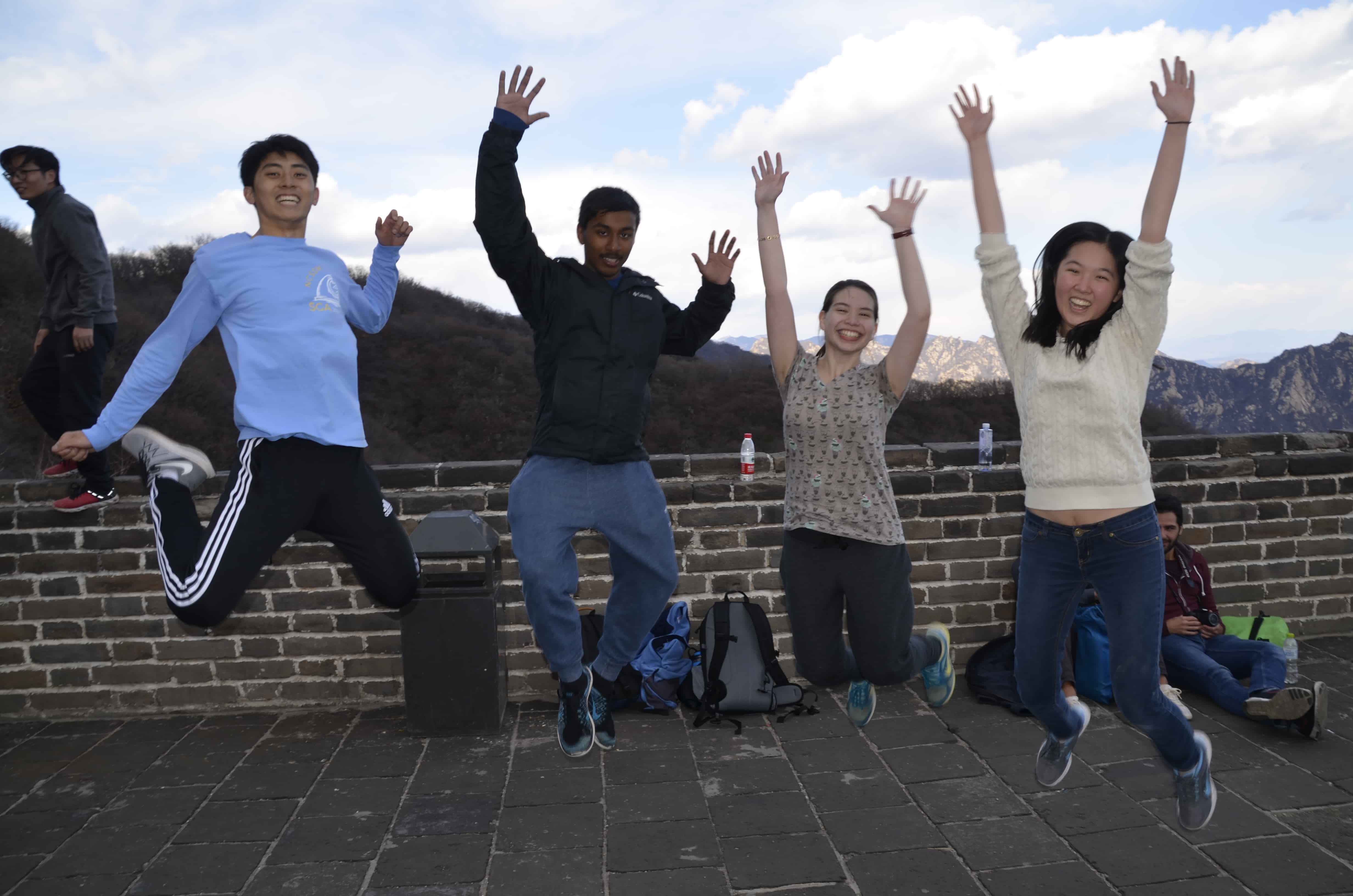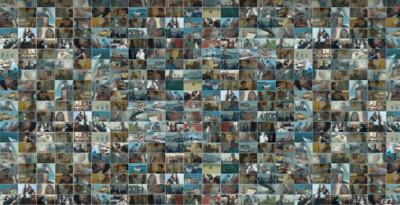“The best gifts to our college were those I never expected. I just made friends, lots of friends, anywhere and anytime, and never expected anything from any of them.”
This is a quote from one of North Carolina’s 58 community college presidents when asked about raising funds and building his college’s foundation. During my 20 years with the community college system, I have had the opportunity to talk to many of our college presidents and foundation directors about developing robust foundation portfolios. Their strategies did not include flashy techniques or programs, but instead simply relied on hard work, persistence, and delayed gratification. Based upon many conversations and surveys conducted with college presidents, foundation directors, and grant development officers, I simplified successful foundations’ revenue diversification strategies into a four-letter acronym, FINS.


I am not sure who coined the phrase, “you will catch more flies with honey than vinegar,” but the same goes with revenue diversification and growth. Making unconditional friendships may be one of the most important and overlooked tasks of a leader and the leadership team of an organization. This begins with empathy and caring, and looking to help those your organization serves without ever expecting them to give anything back. Institutions hope that businesses, alumni, and their local communities take an engaged and active interest in the operations, services, and needs of the organization. However, institutions must place the interests and well-being of the population served above all else, and trust that those who receive services will someday give back to the institution. One of the best results from friend-raising occurred in 1998, when the Vance-Granville Community College was surprised when the estate of the late Robert Butler bequest $1.8 million to the college. The college’s president, Dr. Ben Currin, had been caught by total surprise since Mr. Butler had never given to the foundation during his lifetime.


Typically, when organizations think of diversifying funding streams, the first opportunity they consider are grants. There is absolutely nothing wrong with this pattern, in fact, grants are an important part of any organizations fund portfolio. However, grants require resources, writers, partnerships, letters of support, plans to sustain, plans to evaluate and track data. These are commitments that come with submitting and winning grants. And many institutions or non-profits lack the resources needed to chase large grants. Another strategy involves a bit of thinking outside the grant box, and considering new forms of raising money, such as GoFundMe, Adopt-a-Classroom, Donors Choose, or INcitED. Crowdfunding sites such as these have proven to be effective in generating funds for special programs or small scale projects.


Utilizing existing networks of the organization, staff, and partners is an effective way to find fund opportunities or potential donors. A good example is how the Catholic Charities of Fort Worth became connected to a rural North Carolina community colleges. This sequence of events began when a person in my network connected her college’s foundation board chair to me. Through this connection and after providing her the information she was looking for, she connected me to a person in her network who worked at the Philanthropy Roundtable out of Washington D.C. In turn, the Philanthropy Roundtable representative, after listening to the many initiatives and challenges our rural colleges have when attempting to support at-risk students, connected me to a person in her network at the Catholic Charities of Fort Worth. The Catholic Charities had funded a successful program focused on moving people out of poverty by helping them enroll and graduate from the local community college. After a short discussion with the Catholic Charities, they are now beginning work with one of our colleges in duplicating their successful Fort Worth program. Networking, connecting, and listening lead this opportunity from Texas to rural North Carolina via Raleigh and Washington D.C.


One of the most distinctive voices you will ever hear bellows out from K. Ray Bailey, retired President Emeritus of Asheville-Buncombe Technical Community College (AB Tech). President Bailey owns one of the best examples of the power of storytelling as it is related to donor gifts. In 2001, he was speaking to a rotary group in a hot, un-air conditioned meeting room in an Asheville hotel. His speech focused on several success stories of recent AB Tech graduates. Following his presentation, he retreated to a doorway where some cooler air could be felt blowing down the hallway. He was soon joined in the space of the doorway by the Chief Operating Office of the BASF-Asheville site, who proposed giving their corporate office site to AB Tech. The site included 37 acres and three buildings (252,000 square feet). This donation would become AB Tech’s Enka Campus in 2002. President Bailey, prior to the gift and until his retirement in 2007, never went to a meeting without carrying a few student success stories in his pocket.
Don’t wait until the budget climate gets tighter to begin employing these four strategies to diversify your organization’s revenue. Remember, besides hard work and persistence, a bit of delayed gratification plays into these strategies.



